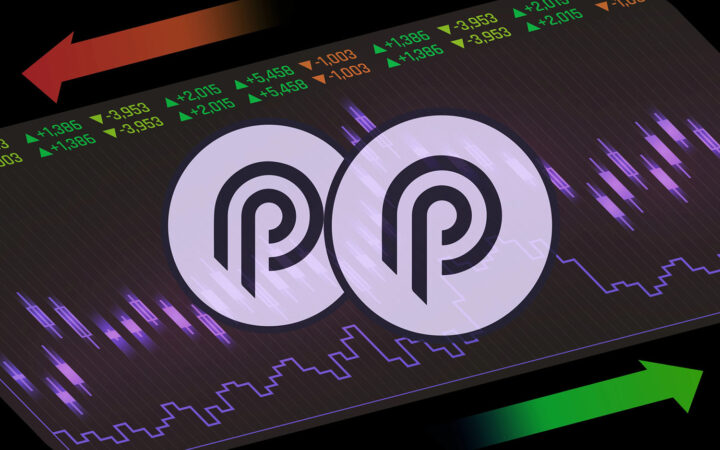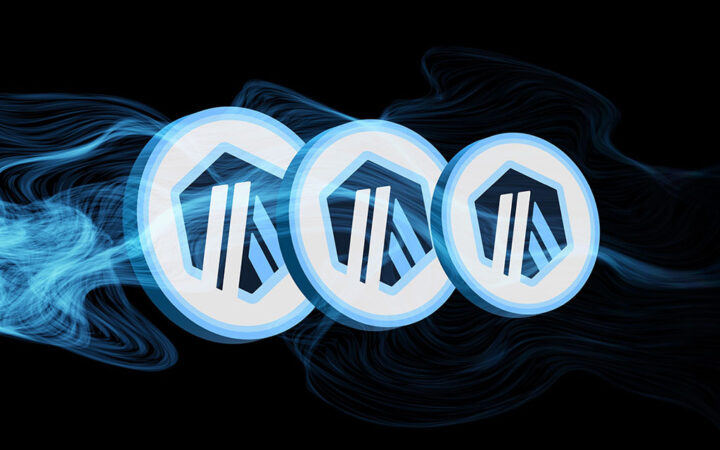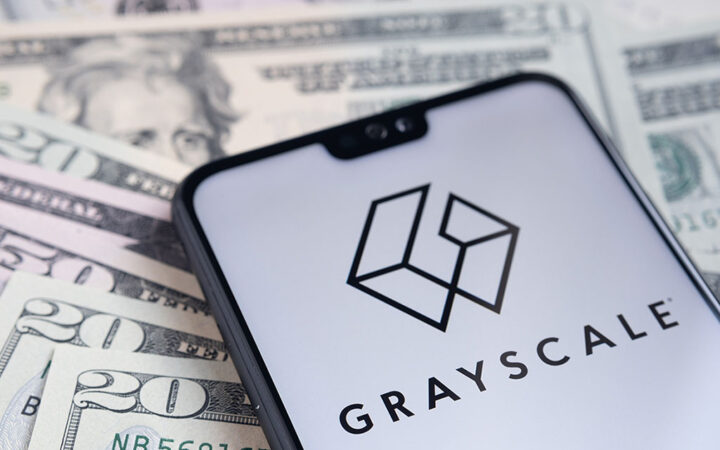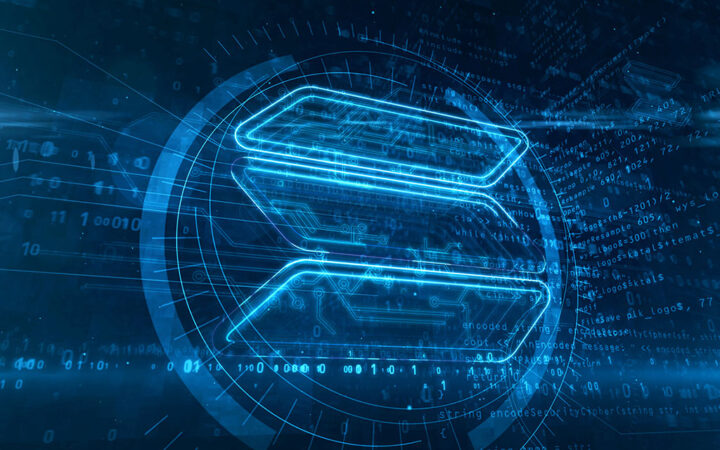
Please check out latest news, expert comments and industry insights from Coinspeaker's contributors.
According to Angus Tookey, Oracles remain the hidden backbone of the blockchain ecosystem, enabling the transfer of billions of dollars of value every day.

The blockchain Oracle market is expanding in parallel with the broader crypto and blockchain industry, with a row of strong players leading this expansion. In our recent interview, we communicated with Angus Tookey, Marketing at Chronicle Protocol, who shared his vision on the current state of the market and its future prospects.
Q: What is the current state of the blockchain Oracle market?
A: The landscape for blockchain Oracles is really interesting at the moment. You have the obvious leader in the market, Chainlink, who has largely gone unchallenged since 2019. Then you have a number of newer protocols, such as Pyth and Redstone, that are attempting to build the all-important Lindy needed for trust in the security of Oracle protocols, and then there is us at Chronicle, who have Lindy with the protocol being live and battle-tested since 2017 but are just getting started having only opened up for new users outside of MakerDAO for the first time.
As a result, the current state of the blockchain Oracle market is set up for an exciting battle between three new or newly available protocols, Pyth, Redstone, and Chronicle, and the market leader, Chainlink. I think it’s going to be fascinating to see how the market responds.
Q: What are the current requirements/standards for such solutions? What do users expect to get?
A: First and foremost, an Oracle network must be safe and secure; this is why Lindy (or reputation and time in the market) are so important. However, as the market opens up, new standards are being formed.
For a long time, DeFi and other Oracle users have largely been reliant on a single provider, as a result, the leading requirement was how soon can an Oracle be built to support my token, or my blockchain; and if so, how much is it going to cost?
With the rise in competition from challenger protocols, such as those mentioned above, users expectations have changed. It’s no longer just about how quickly an Oracle can be built for a new token or chain. Afterall, if one Oracle protocol refuses or takes too long to build it, there will be another that will.
Depending on whether the user is a dapp or a blockchain, these new requirements are different. The approach of a blockchain foundation is to partner with Oracle protocols to ensure that a broad array of price feeds are available on their chain, therefore encouraging DeFi builders to create or deploy their Dapps there. As a result, cost efficiency (or gas usage) has become a key topic. A $100,000 gas fee grant for one Oracle provider may last 50% longer than if it were awarded to another based on how much gas they consume.
Although Dapps are also concerned with cost-efficiency, we are seeing more interest in the architecture of various Oracle protocols, as they vary wildly. This is reflected in a recent report by Chaos Labs. For example, even though Chronicle and Chainlink are Decentralized Oracle Protocols, they are on different ends of the spectrum regarding transparency and scalability.
Another example is the rise of centralization in new Oracle protocols, whether that is running all validator nodes internally or a dependency on a single piece of infrastructure, such as a crosschain bridge. Users are starting to compare and contrast between Oracle protocols a lot more than they have in the past to understand the benefits and risks, and this is something we encourage.
Q: Are there any unsolved problems in the market? What are the ways to address them?
Since the blockchain Oracle’s inception, there has been a problem: You cannot increase the decentralization and, therefore, security of the network without increasing operating cost (measured in gas). This is sometimes described as ‘the Oracle problem’
This tradeoff emanated from the architecture of Oracle networks. All Oracle networks use the same type of cryptography, ECDSA, to validate the integrity of the Oracle-delivered data. Oracle providers are trying to find a way around this problem, the main solution of which is reducing the number of validator nodes attesting to the integrity of the data. This does reduce cost, but also drastically reduces security.
For the ‘push’ oracle architecture, this is a problem that may have been solved via the introduction of Schnorr signature aggregation, an alternative method to ECDSA to allow for the signing of data attestations. For the ‘pull’ oracle architecture, however, due to a need for low latency, this problem remains unsolved.
Q: What is the future for Oracle services?
A: Oracles remain the hidden backbone of the blockchain ecosystem, enabling the transfer of billions of dollars of value every day. Yet, the application of Oracles remains quite narrow in price feeds. Price feeds power to the vast majority of DeFi, but Oracles can achieve a lot more.
Essentially, Oracles can be used to deliver any data, be it a numerical value, a yield rate, or an outcome. There is a lot of scope for growth in these relatively untapped verticals.
We see a lot of growth in the RWA sector in particular. As DeFi increasingly looks for ways to bring RWAs such as treasury bills on chain, there will be a need for Oracle infrastructure to attest to the truth of several elements, such as in collateral products, how many t-bills are owned off chain so the on-chain protocol knows how many tokens to issue. This is just one example of how Oracles sit at the intersection of DeFi and RWAs.
More generally, the future of Oracle services is very bright. The space is trending towards interoperability and aggregation, and Oracles will operate as a key infrastructure in the middle, connecting everything.
Thank you, Angus, for this interview and for sharing your thoughts with us. We wish you good luck and hope to hear about your project’s new achievements in the near future.
Disclaimer: Coinspeaker is committed to providing unbiased and transparent reporting. This article aims to deliver accurate and timely information but should not be taken as financial or investment advice. Since market conditions can change rapidly, we encourage you to verify information on your own and consult with a professional before making any decisions based on this content.

Please check out latest news, expert comments and industry insights from Coinspeaker's contributors.




